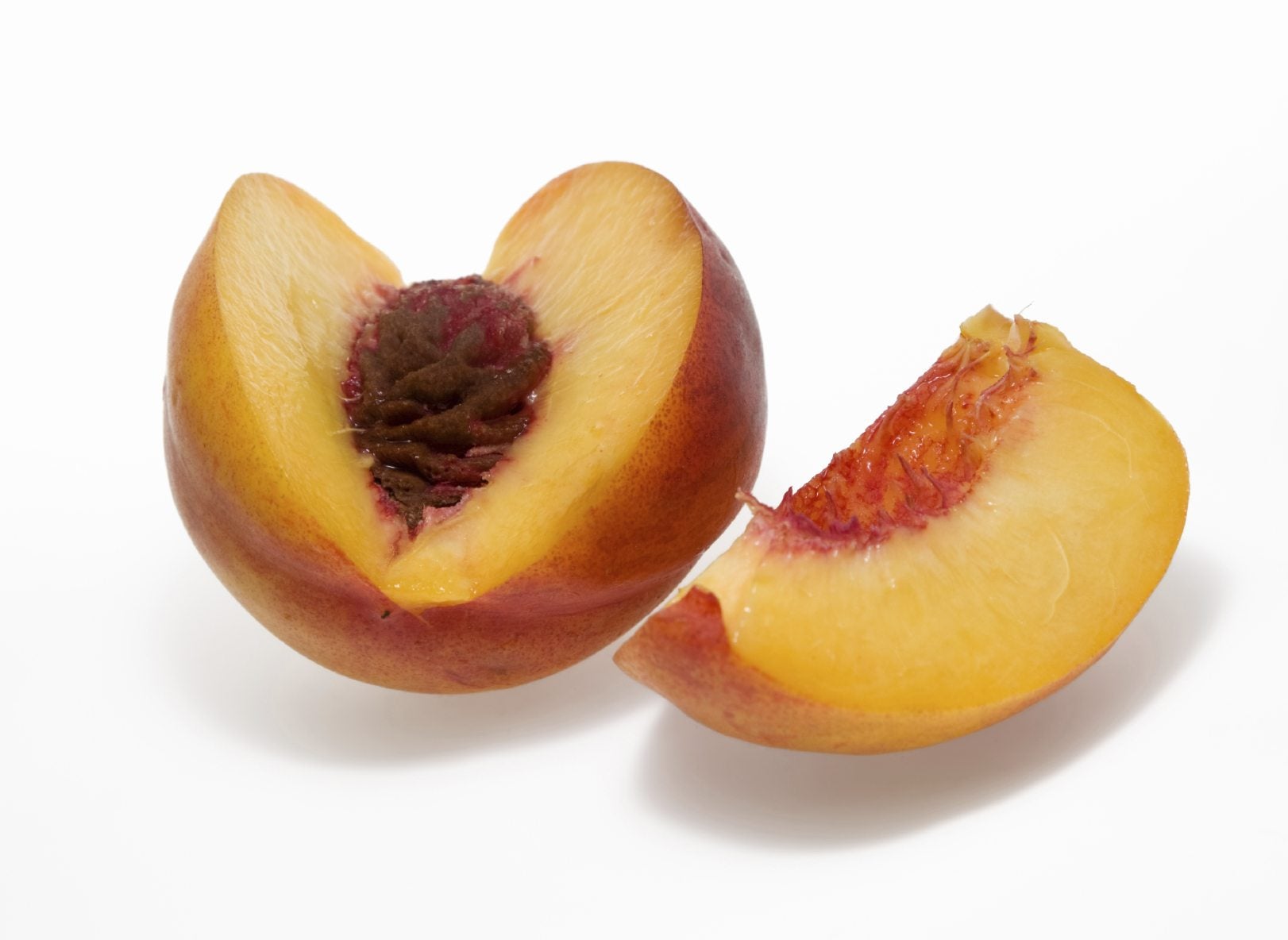Clingstone Vs Freestone: Learn About Different Stones In Peach Fruit

Peaches are members of the rose family amongst which they can count apricots, almonds, cherries, and plums as cousins. Narrowing down their classification comes down to the types of stones in peaches. What are the different peach stone types?
What are Peach Stone Types?
Peaches are categorized based on the relationship between the pit and the peach flesh. In other words, how well the flesh attaches to the pit. So, we have clingstone peaches, freestone peaches, and even semi-freestone peaches. All three can be found as white or yellow peaches. So, what is the difference between clingstone and freestone? What are semi-freestone peaches?
Clingstone vs Freestone
The difference between clingstone and freestone peaches is very simple. You will definitely know if you are cutting into a clingstone peach. The pit (endocarp) will cling stubbornly to the flesh (mesocarp) of the peach. Conversely, freestone peach pits are easy to remove. In fact, when a freestone peach is cut in half, the pit will fall freely from the fruit as you upend the half. Not so with clingstone peaches, you basically have to pry the pit out from the flesh or cut or nibble around it. Clingstone peaches are the first variety to be harvested in May through August. The flesh is yellow with splashes of red as it gets closer to the pit or stone. Clingstones are sweet, juicy, and soft-- perfect for desserts and preferred for canning and preserves. This type of peach is often found canned in syrup in the supermarket rather than fresh. Freestone peaches are most often eaten fresh, simply because the pit is easily removed. This variety of peach is ripe around late May through October. You are more likely to find these available fresh at your local market rather than clingstone varieties. They are a little bit larger than clingstones, firmer as well, but less sweet and juicy. Still, they are delicious for canning and baking purposes.
What are Semi-Freestone Peaches?
The third type of peach stone fruit is called semi-freestone. Semi-freestone peaches are a newer, hybridized variety of peach, a combination between clingstone and freestone peaches. By the time the fruit has ripened, it has become primarily freestone, and the pit should be fairly easy to remove. It is a good general-purpose peach, adequate for both eating fresh as well as canning or baking with.
Sign up for the Gardening Know How newsletter today and receive a free copy of our e-book "How to Grow Delicious Tomatoes".

Amy Grant has been gardening for 30 years and writing for 15. A professional chef and caterer, Amy's area of expertise is culinary gardening.
